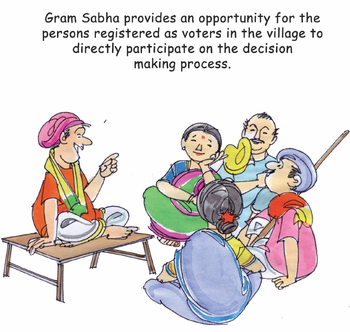In some parts of the world the 17 of May was commemorated as ‘International
day against Homophobia’. I would not have known of this day had it not been for
a post of Facebook that read: “Since my childhood until my teens..There were
those who offended me, beat me, humiliated me (some returned here to find me on
facebook) because I was not boyish enough. Today is a special day in 100
countries in the world. I have no regrets, just hope that you today will be as
happy as I am.”
Reading this post a couple of facts became obvious. First, challenging homophobia does not demand that we love homosexuals. It does not require that we agree to what is termed as ‘the gay agenda”. It only requires, even as we continue to disagree with the demands of the gay rights movements, that we restrain for any acts of violence against people who we assume to be homosexual.
Reading this post a couple of facts became obvious. First, challenging homophobia does not demand that we love homosexuals. It does not require that we agree to what is termed as ‘the gay agenda”. It only requires, even as we continue to disagree with the demands of the gay rights movements, that we restrain for any acts of violence against people who we assume to be homosexual.
 Indeed, the logic of ceasing homophobic violence is made obvious by
the contents of the Facebook post shared above. Much homophobic violence is
often justified on the basis of the homosexual’s alleged sexual predations on
heterosexual men. Homophobic violence is justified on the basis of these
heterosexual men feeling violated by the homosexual man’s sexual attention. And
yet, what kind of sexual attention or predation is a pre-teen, admittedly
non-macho boy capable of? Anyone familiar with life in schools will recognise
that the violence against boys who are not man-enough is a quotidian fact.
Unfortunately, this violence is meted out to these kinds of gentle boys not
merely by macho schoolboy bullies, but by practically everyone around. They are
mocked and humiliated by other boys, by girls, by adults in positions of
guardianship, namely teachers, relatives and often enough parents as well. The
tragedy of this all, is that most of the time, a number of these boys do not turn out to be homosexual, but
actively heterosexual men. What they do carry, however, are painful memories of
their childhood and adolescence.
Indeed, the logic of ceasing homophobic violence is made obvious by
the contents of the Facebook post shared above. Much homophobic violence is
often justified on the basis of the homosexual’s alleged sexual predations on
heterosexual men. Homophobic violence is justified on the basis of these
heterosexual men feeling violated by the homosexual man’s sexual attention. And
yet, what kind of sexual attention or predation is a pre-teen, admittedly
non-macho boy capable of? Anyone familiar with life in schools will recognise
that the violence against boys who are not man-enough is a quotidian fact.
Unfortunately, this violence is meted out to these kinds of gentle boys not
merely by macho schoolboy bullies, but by practically everyone around. They are
mocked and humiliated by other boys, by girls, by adults in positions of
guardianship, namely teachers, relatives and often enough parents as well. The
tragedy of this all, is that most of the time, a number of these boys do not turn out to be homosexual, but
actively heterosexual men. What they do carry, however, are painful memories of
their childhood and adolescence.
It appears then homophobic violence is a much broader form of
violence than merely beating up homosexual men for making a pass at a
heterosexual. It encompasses violence that is visited on innocents merely
because they do not meet societal norms of what a man, or indeed, a woman should
look like. Homophobic violence is not visited merely on men, but on women, and
girls as well. It would encompass the treatment meted out to women who prefer
the sexual company of other women, or women who do not act feminine enough, or
girls who are referred to as tom-boys.
 Looking at the issue from this perspective, it becomes clear that
homophobic violence is not merely the desire to punish people with same sex
desire, but to discipline people into behaving in a manner that is deemed
socially acceptable. Boys must behave in a particular manner, and girls in a
different manner. Do not do so, and you will face humiliation and violent
repercussions. This violence then gets carried over into adult relations, where
if a woman does not behave in the way she ought to, society around her condones
her disciplining. This disciplining as we well know, often extends to rape.
Rape is not about sexual desire, it is about power, and often about the power
to discipline.
Looking at the issue from this perspective, it becomes clear that
homophobic violence is not merely the desire to punish people with same sex
desire, but to discipline people into behaving in a manner that is deemed
socially acceptable. Boys must behave in a particular manner, and girls in a
different manner. Do not do so, and you will face humiliation and violent
repercussions. This violence then gets carried over into adult relations, where
if a woman does not behave in the way she ought to, society around her condones
her disciplining. This disciplining as we well know, often extends to rape.
Rape is not about sexual desire, it is about power, and often about the power
to discipline.
The challenge to homophobic violence is does not simply benefit
homosexuals, it makes space for a world with less sexual and other violence.
Think about that the next time you give in to homophobia.
(First published in The Goan on 25 May 2013)







